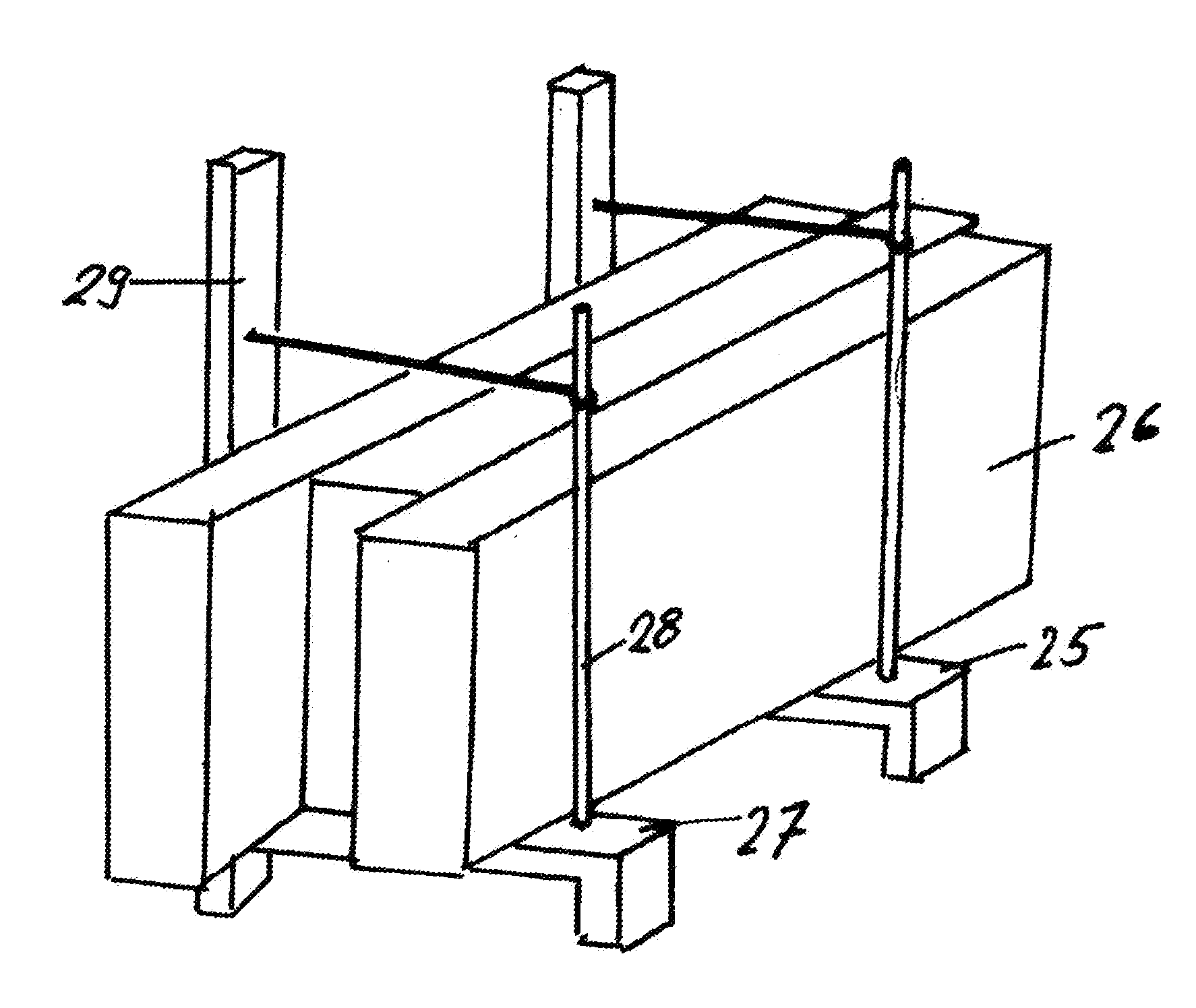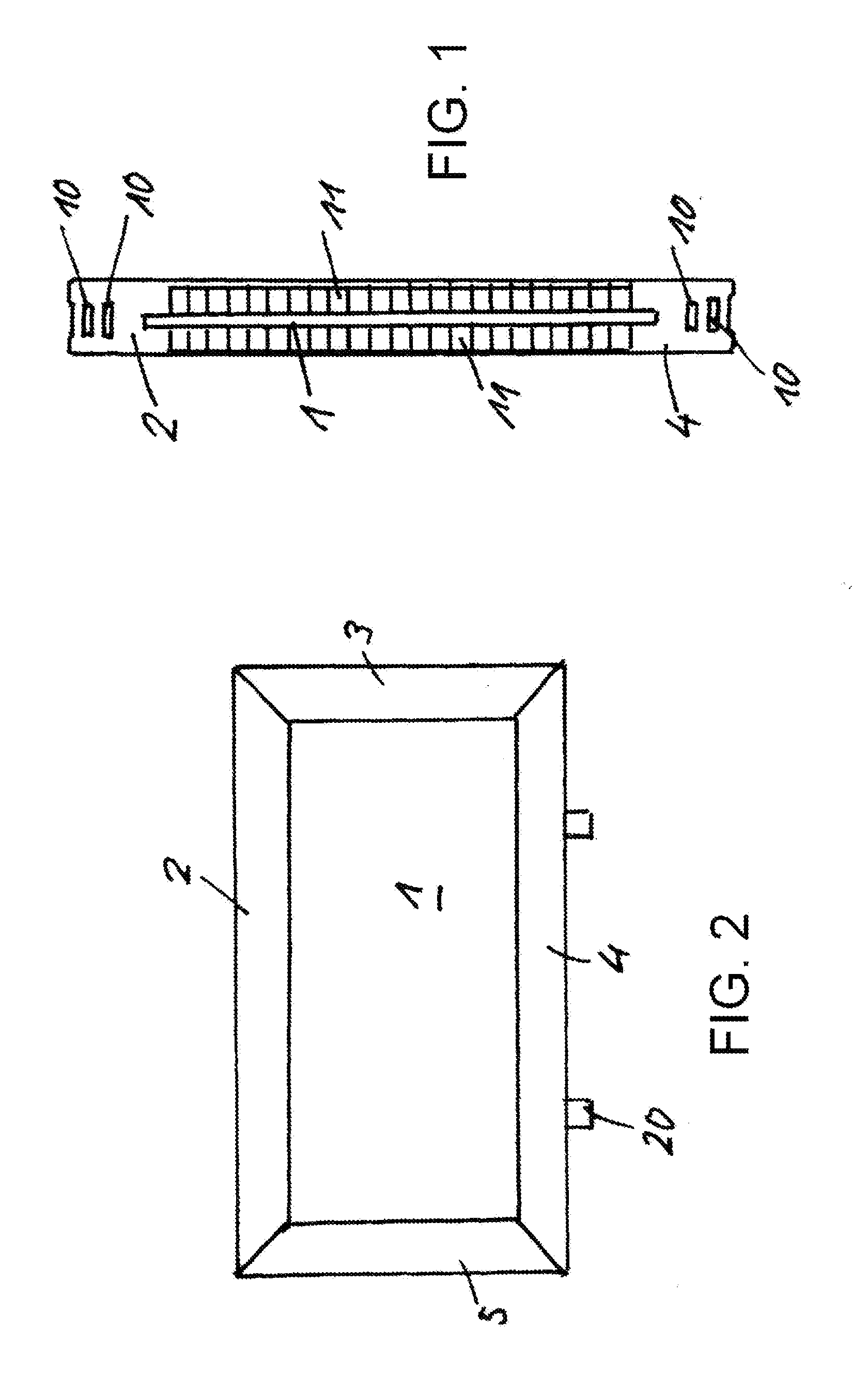Despite its strength, the edges of glass, including
laminated glass, may be sensitive.
Possibly in construction, one cannot expect that glass be handled with extreme caution.
The harsh modus operandi of the construction business is not set up for such precaution.
Up until now, substantial damage to glass is a regular phenomenon in construction.
A vehicle that is equipped as a load-carrier is not suitable for other transports.
The transport costs for such rack-systems are disproportionately high.
Furthermore it must or should be taken into account that trucks commonly used for glass transport, when loaded with racks and glass, are filled nowhere near to maximum capacity.
It is not uncommon to see offers for glass transport, where the
cost of transport is just as high as the cost of the glass itself.
However, the load-carriers consume a lot of cargo space and are a great hindrance for additional cargo.
Both issues result in high transport costs.
In addition, if a load-carrier is not immediately or substantially immediately released, this usually creates significant additional costs.
In that case, one wants to continue to store the glass on the load-carriers, because any other type of storage contains a much greater risk of damage to the glass.
Cargo that is partially made of glass encounters the same problems as described for glass sheets above.
However, because of their inhomogeneity,
natural stone slabs with the same thickness are even more sensitive than glass.
However, also other cargo is easily damaged.
These include for example countertops that are otherwise able to withstand considerable loads, but are
highly sensitive along their sharp edges.
For much cargo, edge-sensitivity is the most frequent cause of damages.
Any pressure, that would cause damage if an edge-protection were not used (edge damaging pressure), is absorbed by the edge-protection.
This positively affects the deformation characteristics of the edge-protection.
Adding less
propellant means a higher density making the foam less yieldable.
However, most of the commercially available roof battens do not adhere to this norm.
The height of two and one-half meters from which the drop-tests were performed, was unrealistically high.
However,
metal profiles cause significantly higher packaging costs, so that a return of the packaging to the supplier is recommended in order to make reuse possible.
A damping layer differs from common foam-plastic, in that it does not rebound / recover promptly, but rebounds / recovers with a considerable
delay after having been compressed.
The vibration can lead to bouncing, leading sensitive
float glass to not only be impacted by the fall, but also by bouncing on and hitting the ground as a consequence.
After the cooling, the outer
skin or mantel results in considerable stiffening of the outer surface.
However, reactive-adhesives are often more expensive than other adhesives.
However, this requires or desires considerable
rounding of the cross-section corners of the groove for manufacturing reasons.
If the applied pressure and / or temperature in the
welding process is too low, it usually still makes the particles stick to one another.
However, the
cutting technique is relatively slow compared to
cutting through sawing.
Each blow to the packaging causes an indentation in the packaging.
The more production by the piece is required and / or desired, the more complex the production will be.
With
reusable packaging however, some wear and some damage to the packaging is to be expected.
Upon the return of such packaging, simply reusing the packaging is then not be possible.
However, when manufacturing the packaging using particle foam, the steam-management requires or desires special attention.
If the constructional design of the mold and / or inserts in the mold interferes with the steam-flow through mold, the weld between the particles may be affected.
This prevents or restricts the steam nozzles and their supply conduits from
cooling down too much after the steam burst, which could result in too low a steam-temperature for the next steam-burst.
A mitered joint may cause significant rest-material, which cannot be used afterwards.
This causes an additional strain on the corners / corner pieces.
It can damage or deform the edges in a way that the yielding behavior is no longer guaranteed or promoted to be the same as it is in other places of the edge-protection.
However, there are Grey areas where the costs of a tensioning-bands somewhat approach the low costs of a
strapping.
However, when the strap-end is released, the strap-end tensions in the opening of the tensioning-device.
It is problematic to apply a high tensioning force on the strap by hand.
With sophisticated turnbuckles, the permanent or substantially permanent attachment of the turnbuckle to a section of the
package is a complex measure.
However, the transport-aids are also possible for other types of packaging, unrelated to the edge-protection of the present application.
Such connections are very stable, however with limited clearance they can be difficult to
handle.
The corrugation increases the grip of the brackets and clips pressed around the ends of the band.
If in addition, the sleeve clamps the
strapping band, it will stay in its selected position and slipping of is impossible.
This makes the bringing along of tools for later attachment of sleeves and seals unnecessary or not desirable.
The friction between the
tongue and groove, both made of plastic and / or of foam-plastic, is so large that the tongue
jams into the groove.
However, the
pallet-trucks serve for short transport distances and are not suitable for stacking.
In addition, the packaging can damage more easily at the elevations than in the depressions.
However, simple measures such as the
rounding of corners / edges on the tongues and in the grooves lead to substantial strengthening.
On a construction site, transporting by hand is linked to the risk of damage.
With current transports, cargo corners are bumped and the cargo placed on the floor too hard too often.
 Login to View More
Login to View More  Login to View More
Login to View More 


